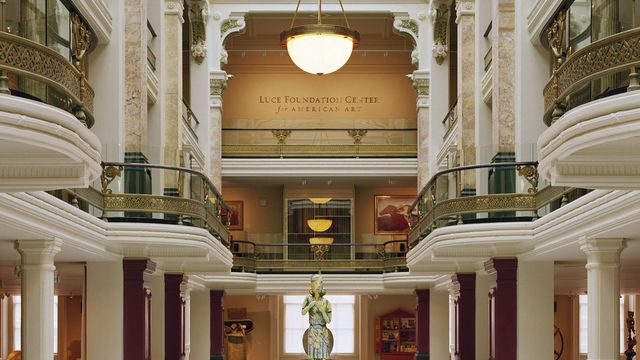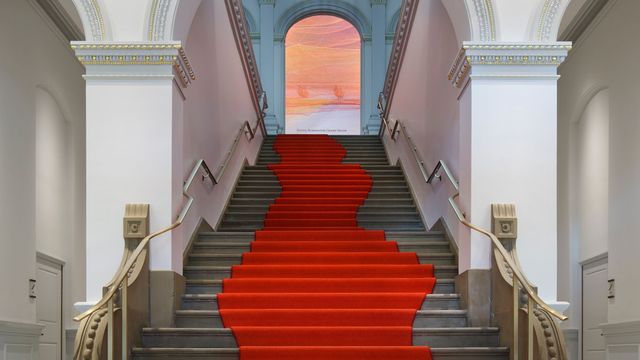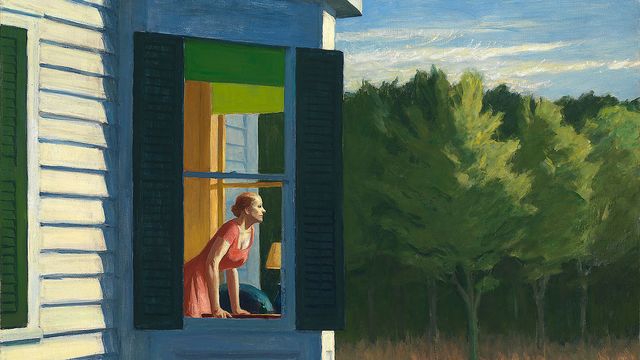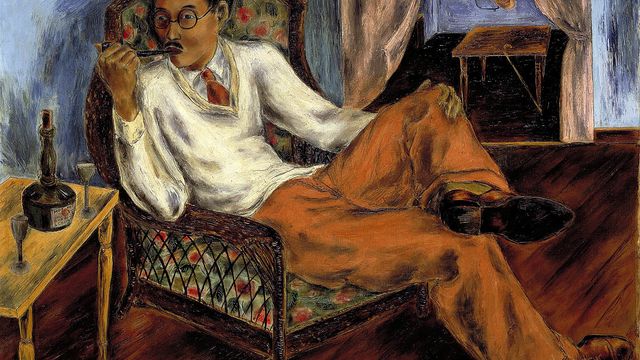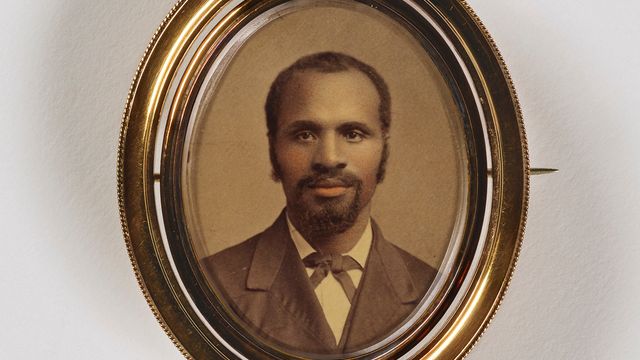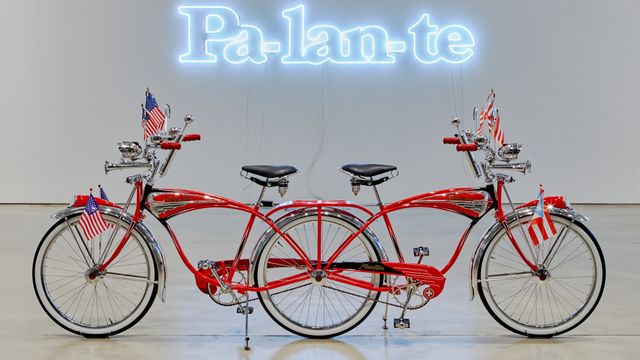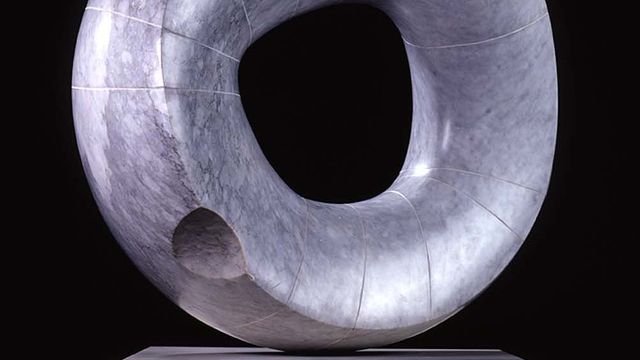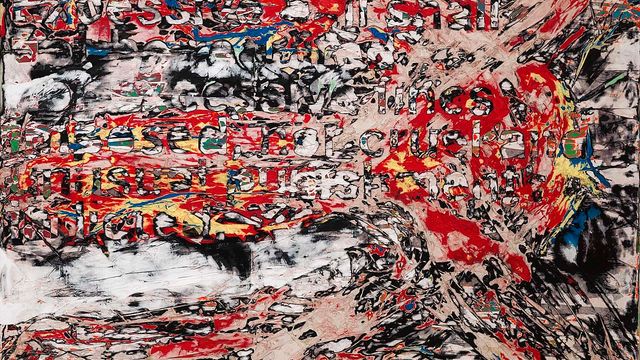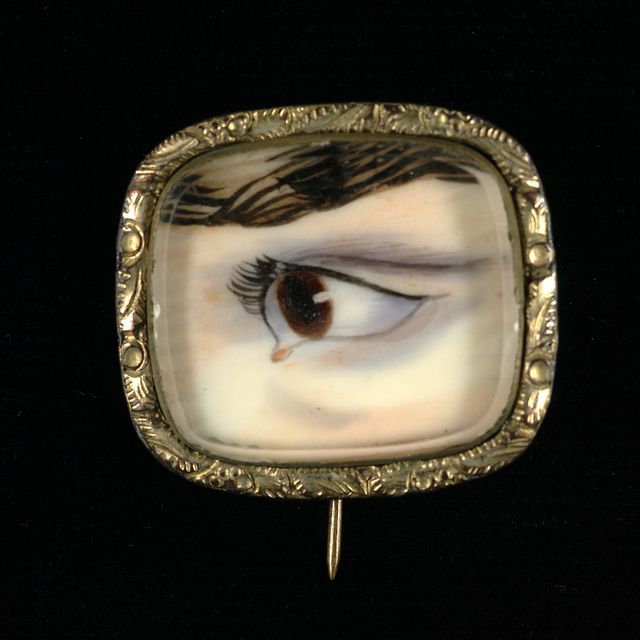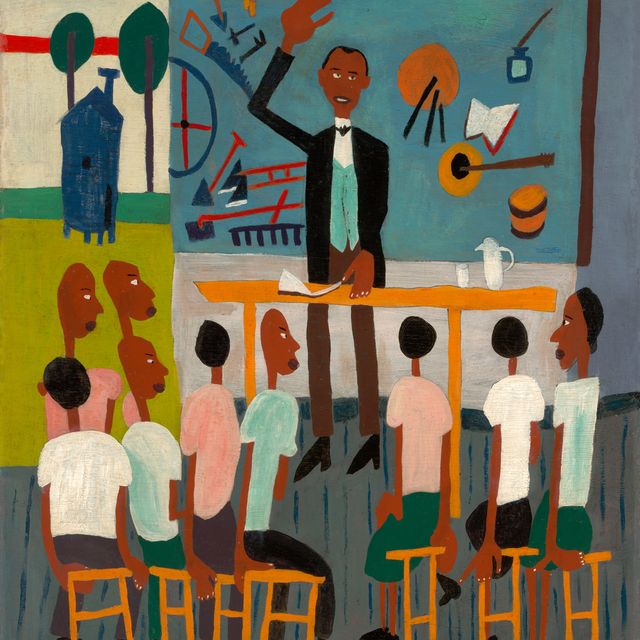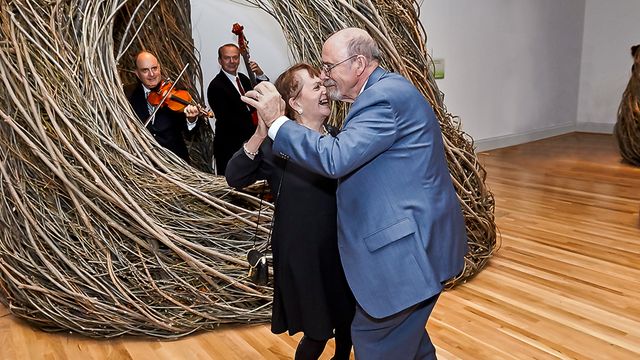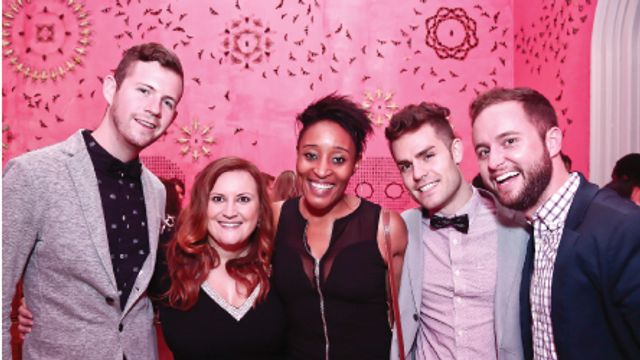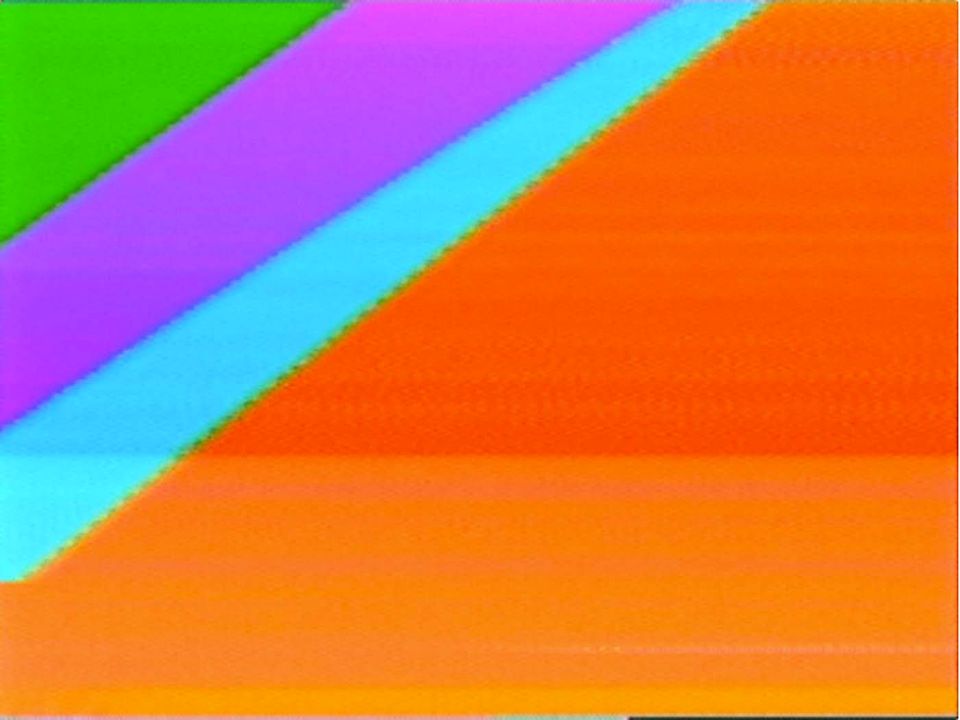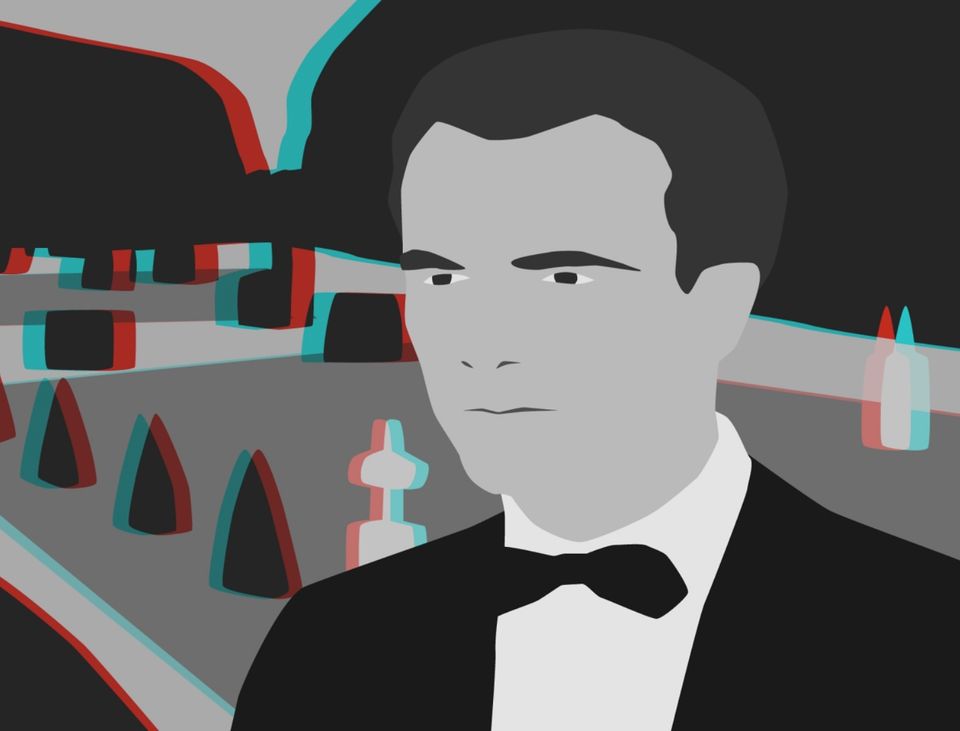Artist
Cory Arcangel
born Buffalo, NY 1978
- Born
- Buffalo, New York, United States
- Active in
- New York, New York, United States
Videos
Exhibitions
December 10, 2010–March 2, 2012
Watch This! New Directions in the Art of the Moving Image is a series of rotating exhibitions drawn from SAAM’s permanent collection.
April 23, 2015–September 6, 2015
Watch This! Revelations in Media Art presents pioneering and contemporary artworks that trace the evolution of a continuously emerging medium.

